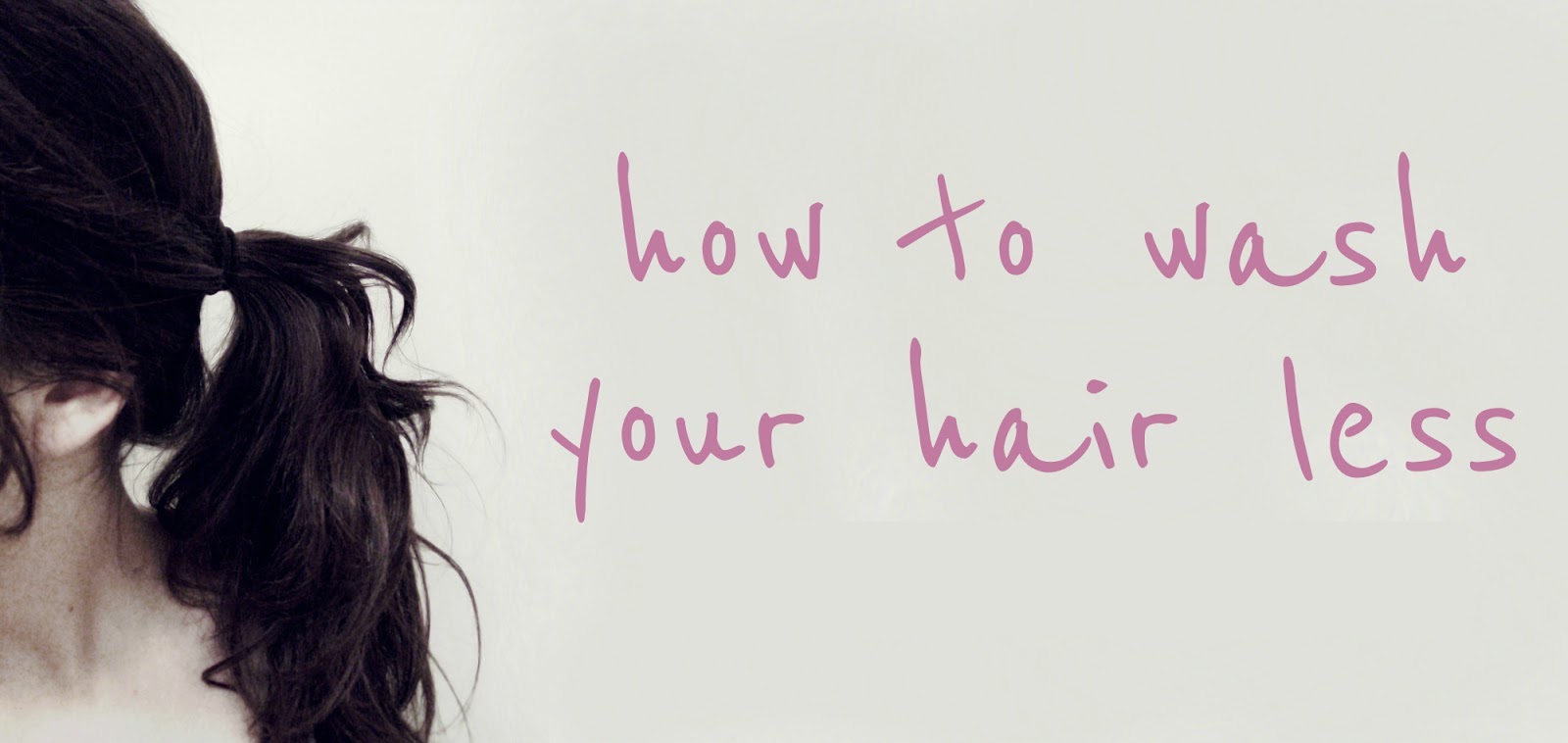|
Q. I like to wear hats and have to in the winter, in the hills. But they always leave me with hat head at work. Is there any solution?
A. Whether you are a hat guy who regularly wears a hat or you only wear one when the weather turns frigid, the problem of how to prevent unsightly hat head is a common winter question. Hat lovers have been seeking answers for years. For many, going out without a hat in the winter simply isn't an option. To keep you looking good when you take off a warm winter hat, here are some helpful suggestions. To do the least amount of damage, choose a loose-fitting hat. Stiff brimmed hats like fedoras and close-fitting styles like stocking caps are the most likely to mess up your hair. Make sure your hat is the right size. Hat head (sometimes called "hat hair") is most common when you wear a hat that is too small or too tight. Ideally, you should be able to fit a finger in between the hatband and your head; this will keep your hair from flattening and getting indentation crease marks around the brim. When possible, consider going up a size to minimize the pressure on your hair. Or choose a knit hat with more breathable, looser stitching for less damage. Extremely fitted hats are more likely to leave your hair looking flat. Select lightweight materials such as cotton or fleece rather than wool or other heavy fabrics. Heavy fabrics weigh the hat down and make hat hair worse. Wool -- although traditional -- also causes static electricity and fly-aways. To help fight it, rub the inside of your hat with an unscented dryer sheet, spritz static guard inside your hat, or spray your hair with just a little frizz-controlling hairspray. Be sure your hair is totally dry before putting on your hat. Not wet, not even damp, but bone dry. When wet or damp hair dries underneath a hat, it will dry super-flat and take on the shape of the hat itself, literally causing hat hair. Remove your hat as soon as you get indoors. The longer you wear it, the more damage it's going to do. When you're inside (on a train or in your car) during your morning commute, you can remove your hat to give your hair a little breather time. Revive your hair when you remove your hat: simply shake your hair loose and rub a small amount of gel into your hair to restore it. Do not brush your hair to get rid of hat head; it is sure to make it worse. Men should keep (besides a toothbrush and toothpaste) their normal hair product in their desk drawer. You can stop at a nearby bathroom when you arrive and do a quick touch-up with a comb before you even get your coffee. And later, if you need to head out to a meeting or get a last minute after-work invitation, you're ready to restyle your hair effortlessly. Any of the usual hair-styling products works. It can be a splash of water or carry a small travel-size bottle filled with your favorite: a water-soluble gel, pomade, paste or cream. If you're going to fight frizz with water after you remove the hat, dampen your hands (not soaking wet), and run them lightly through your hair to maneuver it back into shape. On hat days, another option to take with you or keep in your office is dry shampoo. Travel-size versions fit perfectly in your bag or your desk drawer. Dry shampoo has a dual role: not only does it absorb excess oils (its original purpose), but it's also great for bringing volume back into flat hair in no time. Here's another solution. If you're outside for mere minutes rushing from building to car, consider wearing a hooded coat instead. It will do less damage than an actual hat. Or, if you don't have a coat with a hood, you might try a loosely tied scarf ... or a pair of earmuffs. There are a few workarounds to avoid this situation in the first place, as well as quick fixes you can use to revive hair that has lost its shape. See which ones work for you. By LOIS FENTON This article appeared on Arkansas Online (you may need to refresh the page a couple times for the article to open)
0 Comments
The idea of training your hair to be less greasy may seem like a bit of a farce, for obvious reasons. Namely, the fact that your hair is not alive and the amount of sebum that is created at your scalp can be heavily reliant upon your diet, genes, and various other factors. But there is a reason why this topic is oft-discussed — it's because there's actually some truth to it. No surprise here: Having to lather up every day is not ideal for many of us, especially when lived-in texture and easy-to-copy updos are so en vogue. (And yes, the majority of us want extra sleep and an "I just woke up like this" moment every so often.) While you cannot train your hair to do much of anything in the traditional sense of the word, you can train yourself to adopt a few key modifications. That is, things that can help reduce the buildup of oil, distribute the oil that you are creating, and avoid the products that are doing more harm than good in this universal quest for fewer wash days. Spoiler alert: You're using that dry shampoo completely wrong. For pro guidance, we consulted a few Hollywood red-carpet hairstylists for exactly what they tell their celebs clients. (Celebs like Jaime King, Gwyneth Paltrow, and Jenny Slate, to be exact.) Ahead, a five-step pro-approved technique that can help you squeeze more days between washes — without having to look like you dunked your head in a deep fryer. Step 1: Distribute Oil Like A Pro Step 2: Pick The Right Shampoos (& Use 'Em Correctly!) Step 3: Go Easy On The Conditioner Step 4: Apply Dry Shampoo Early... Or Not At All! Step 5: Try A Treatment This story was originally published on Refinery29
How many hairs do we have? How long does it take to grow and... How many do we lose in a day? Here you have 10 curious facts about hair that you’ve always wanted to know...
10. During which season does hair grow the most? The right answer is... summer. Heat and exposure to the sun favor a slightly faster growth rate. 9. What is the least common natural color? Red is much less common than the wide variety of browns (the most common worldwide) and blonds. Scotland and Ireland are the countries with the most redheads, at respectively 13% and 10% of the population. 8. How long does a hair live? In eighth position of these 10 questions about hair, we have put the regrowth cycle: in a man a healthy hair lives between two and four years, while for a women it lives between five and six. From one follicle, a hair can be “reborn” up to twenty times. 7. How much weight can they support? We are certain that you ask yourself this question every time your comb gets caught in a tangle: how much weight can it support? Much more than you ever imagined: a great head of hair can tolerate the weight of... two elephants! 6. Should I cut my hair often or not? Among the curiosities about hair is the legend that says cutting hair frequently reinforces its growth. Wrong: everything depends on your genetic make-up and natural physiological cycles. 5. How many hairs do we have on our heads? The number depends on our natural color: if you are blond, you will have more hair than a redhead (140,000 on average, compared to 90,000). Brown hair tends to average about 100,000. Obviously, there is a compensation: the shaft of blond hair is generally thinner than that of red or brown hair... 4. Does shampooing daily weaken hair? Another common myth to debunk, unless you are using aggressive detergents that eliminate the natural sebum that helps protect the hair shaft. 3. How many hairs do we lose daily? In this ranking of ten curiosities about hair, there is one important one: how many hairs fall out daily? On average, about 70-80, but it can vary between 40 and 120. This wide difference depends on the number of follicles that are still active and on the individual regrowth cycle. 2. Are there foods that help keep hair healthy and beautiful? Absolutely! Among the foods that help promote regrowth and healthy hair are: yellow peppers, oysters, eggs, salmon, sunflower seeds, almonds, avocados, and sweet potatoes. 1. How much does hair grow in a month? Number one of these 10 curiosities about hair is certainly the most frequently asked questions, above all when we want a long mane in a short time: how long does hair grow every month? On average, European hair grows about 1.2 centimetres every month. Asian hair grows more quickly and African hair grows more slowly (0.9 cm). This article first appeared on EsteticaMagazine.com What's Inside This Month
10 Facts about Hair You (maybe) Didn't Know 5-Step Routine to Wash Your Hair Less Clever Grooming Hacks for Blokes with Fat Heads Haircare Guide for Different Life Milestones Could Your Hair Dresser Save Your Life? What Those Ingredients in Your Shampoo Do Head Games - Latest in Shampoos & Conditioners Men: How to Brush Your Hair Corretly The Dos and Don'ts of Ombre Getting the Perfect Perm DIY Bombshell Blowout: Refer a Friend What's Playing Best of 2017 Expert Shaving Tips to Try at Home Homemade Bay Rum Aftershave Episodes: My Favorite Podcast This Month January Happenings DIY Hair Mask for Healthy, Beautiful Hair Recipe: Macaroni au Gratin The Story of Hair - Hair Stenciling In the News: Hair and Beauty |
Hair by BrianMy name is Brian and I help people confidently take on the world. CategoriesAll Advice Announcement Awards Balayage Barbering Beach Waves Beauty News Book Now Brazilian Treatment Clients Cool Facts COVID 19 Health COVID 19 Update Curlies EGift Card Films Follically Challenged Gossip Grooming Hair Care Haircolor Haircut Hair Facts Hair History Hair Loss Hair Styling Hair Tips Hair Tools Health Health And Safety Healthy Hair Highlights Holidays Humor Mens Hair Men's Long Hair Newsletter Ombre Policies Procedures Press Release Previous Blog Privacy Policy Product Knowledge Product Reviews Promotions Read Your Labels Recommendations Reviews Scalp Health Science Services Smoothing Treatments Social Media Summer Hair Tips Textured Hair Thinning Hair Travel Tips Trending Wellness Womens Hair Archives
June 2025
|
|
Hey...
Your Mom Called! Book today! |
Sunday: 11am-5pm
Monday: 11am-6pm Tuesday: 10am - 6pm Wednesday: 10am - 6pm Thursday: By Appointment Friday: By Appointment Saturday: By Appointment |




 RSS Feed
RSS Feed